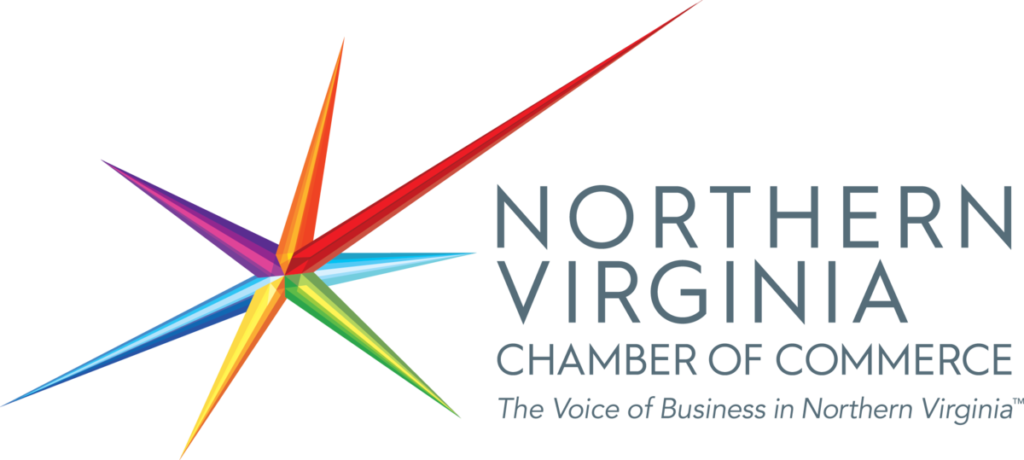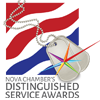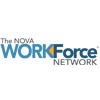 To some degree, the employee populations of most companies represent a microcosm of the larger world outside. And, as we all know, the world is facing some challenging times. In essence, we are repeating U.S. history. In the wake of ample socio-economic disparities, centuries-long suppressed anger, frustration, hurt, desperation, and fear is publicly visible to us all today.
To some degree, the employee populations of most companies represent a microcosm of the larger world outside. And, as we all know, the world is facing some challenging times. In essence, we are repeating U.S. history. In the wake of ample socio-economic disparities, centuries-long suppressed anger, frustration, hurt, desperation, and fear is publicly visible to us all today.
The corporate world is no different.
And sometimes these feelings are not specific with any one person or group of individuals. Such as the deafening silence many people of color heard the day after George Floyd’s death—as business went right back to usual. This has been the norm with other recorded incidents I still recall when entering the workforce, such as the brutal Rodney King beating.
So, while the challenges are particularly acute right now, the root causes are much the same as I have seen and experienced over the past twenty-five years in my career. Well, actually, throughout my life, as a Black, gay woman.
While there’s certainly no magic powder to workplace inclusion and diversity (I&D) solutions, I do believe in addressing impactful change with four strategic levers. I have learned that tactical work in hosting a lot of events and programs is simply not sufficient over time. It is truly a life-long learning journey for me and one that I will continue to move towards—the aspirational vision of an inclusive environment for all, regardless of background. The four approaches below are a great framework for impactful change in any organization because it requires all levers to be utilized simultaneously for equitable outcomes.
- Self-Awareness – To lead by example, you must better understand your own biases, blind spots, and privilege. Being more aware of your intent and impact when communicating across differences and the assumptions made will help alleviate misinterpretations. A lot of introspection takes place in thinking about how your words, actions, and body language are being received, as well as what assumptions you find yourself making about people.
- Daily Interactions – Interpersonal skills are critical in how we behave and communicate with one another, whether it is in a virtual setting, in-person, verbal, or written form, non-verbal, body language, etc. When introducing myself to any new team I have had the privilege to lead, one practice I have learned to help inspire trust is to share my bio slide on who and what has shaped who I am today, as well as how I self-identify. In addition, I include a slide on my leadership style and team expectations. It is my way of inviting people in, so they know who I am as a person, not just my title and role. Each of us as leaders needs to find an authentic way in inspiring trust with our teams. Enhancing the skills and capabilities in how people connect, work, interact, and collaborate should be considered in attracting talent, developing learning curriculum, onboarding new employees, mentoring/coaching/sponsorship programs, leadership development, and overall talent management.
- Cultivate an Inclusive Environment – We probably spend most of our time at work with our colleagues, customers, and clients than with our family and friends. This is where everyone in your organization plays a critical role in being more culturally responsive. Based on a better understanding of yourself and leaning into your biases, this is an opportunity to self-educate about different social identities and communities via movies, books, podcasts, museums, and videos. Being proactive allies for others when you see, feel, or hear something that makes you or others uncomfortable is an impactful way in creating safe spaces and platforms for a culture of inclusion and a sense of belonging for all people. When you give support to others when they may be too embarrassed, hurt, or shocked to speak up in the moment, you are being a proactive ally, as well as for your own social identities. A company’s employee resource groups can be another source in learning more about different cultures, expanding your professional and personal networks, and getting to know people better in a one-on-one basis. At MITRE, we have nine employee resource councils that collaborate, advocate, educate, and support MITRE on a variety of business initiatives and cultural awareness topics. Being able to reach out to colleagues who understand our lived experiences and can help us shape real change is invaluable.
- Equitable Outcomes – This is where you formalize I&D throughout your organization in identifying structural barriers in mitigating bias across policies, practices, programs, and processes that deliver more equitable outcomes. Key decision-making areas, such as the recruitment process, performance reviews, succession plans, leadership development, promotions, and communications policies are substantial in assessing for fairness, access, opportunities, and impact. Strategic interventions can be implemented based on data analytics to address the root causes and yield measurable goals over time for sustainability. In short, to make I&D a reality within your company, institutional systems that weave in inclusive practices and diversity concepts and messaging into key decision-making points will yield desired impactful and equitable outcomes.
And while leadership and human resources are best positioned to institutionalize the inclusive systems, every employee has the power to utilize the first three levers for impactful change. So, whatever position you may have within your company, I suggest you start by looking inward at yourself to lead the kind of change you want to see.
If you are honest with yourself, it will shape how you act and communicate with others. Our behaviors and actions can be deemed inclusive or not in how we interact with one another. Because we think we know people based on an external façade (mainly primary dimensions of diversity), we quickly judge people on what is considered less than 1% of who they truly are as an individual. Diversity is a true paradox in that it is simple and complex at the same time with its multi-dimensions. There are infinite similar and different characteristics and traits that each one of us possess and how we self-identify. It takes more time to get to know one another better, and the investment is worth it in the end when it inspires trust, fewer communication breakdowns, higher morale, a stronger sense of belonging, and increased productivity. These are all acts of inclusion in how we acknowledge, understand, value, and utilize our characteristics and traits.
 This blog post provided by Stephanie Turner, Vice President, Inclusion, Diversity & Social Innovation, MITRE and member of the Chamber's DEI Board of Advisors
This blog post provided by Stephanie Turner, Vice President, Inclusion, Diversity & Social Innovation, MITRE and member of the Chamber's DEI Board of Advisors
















